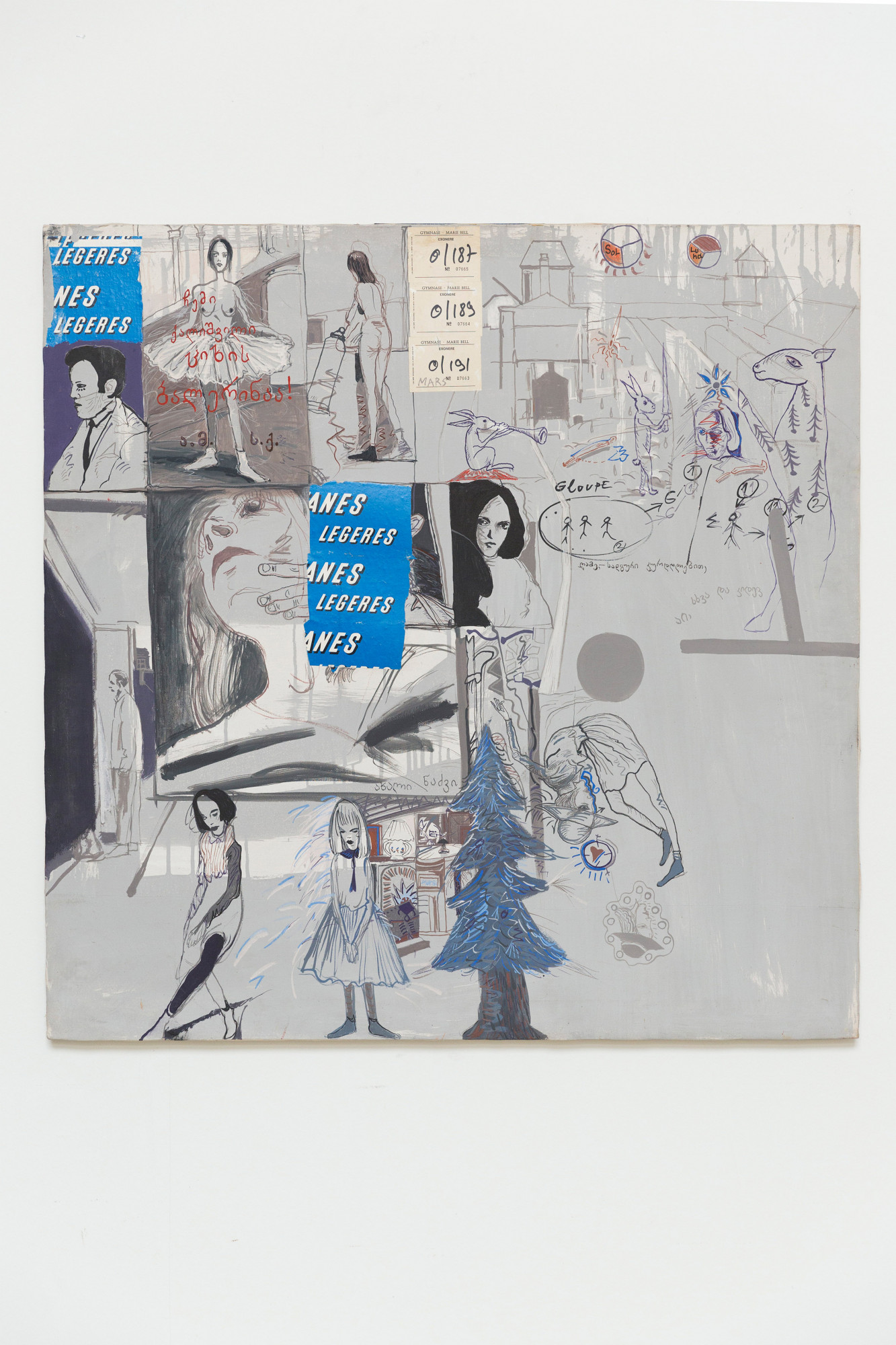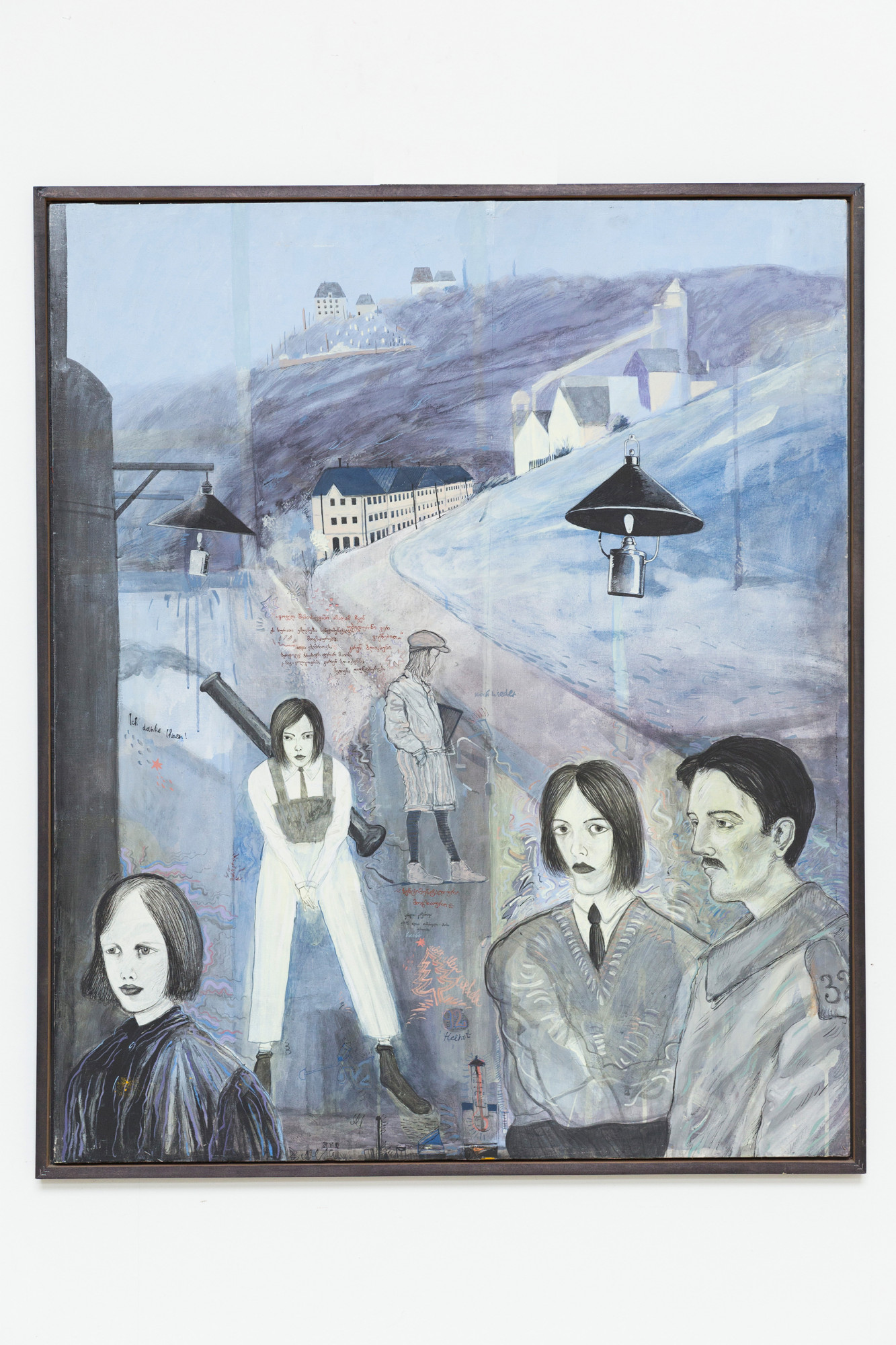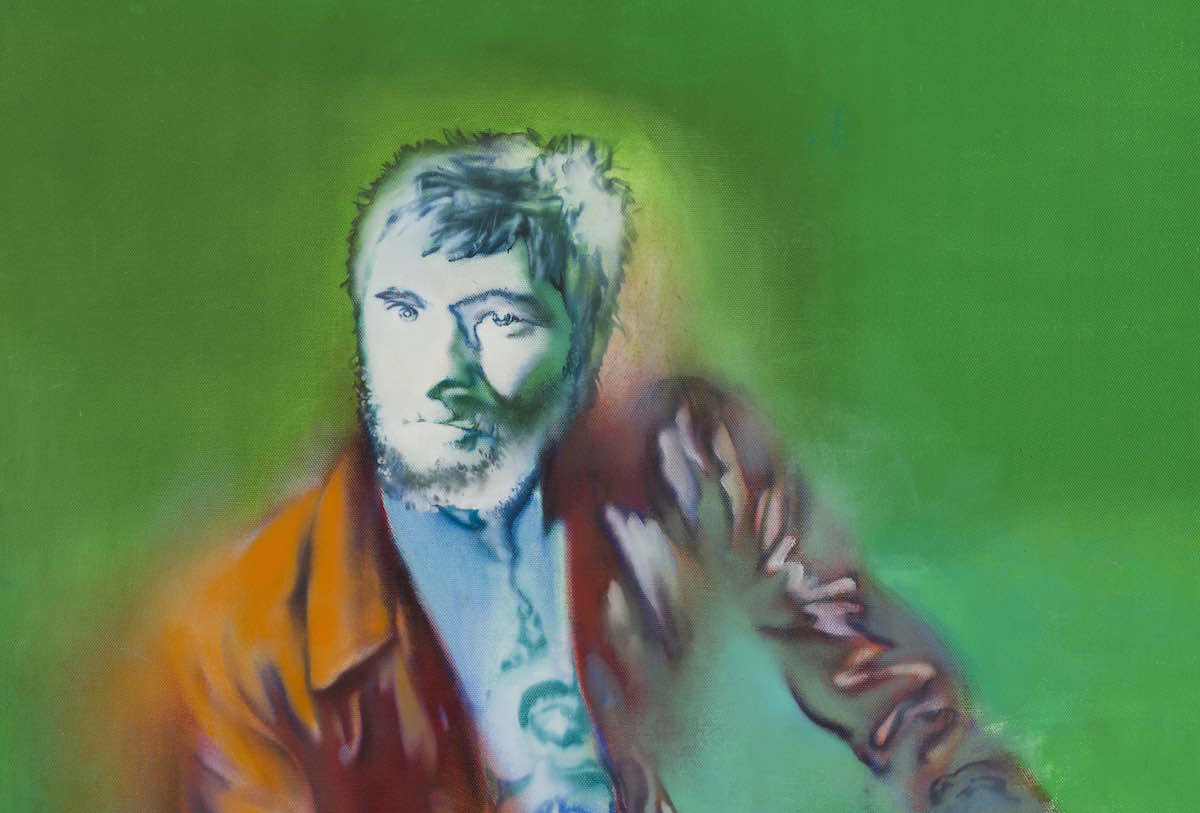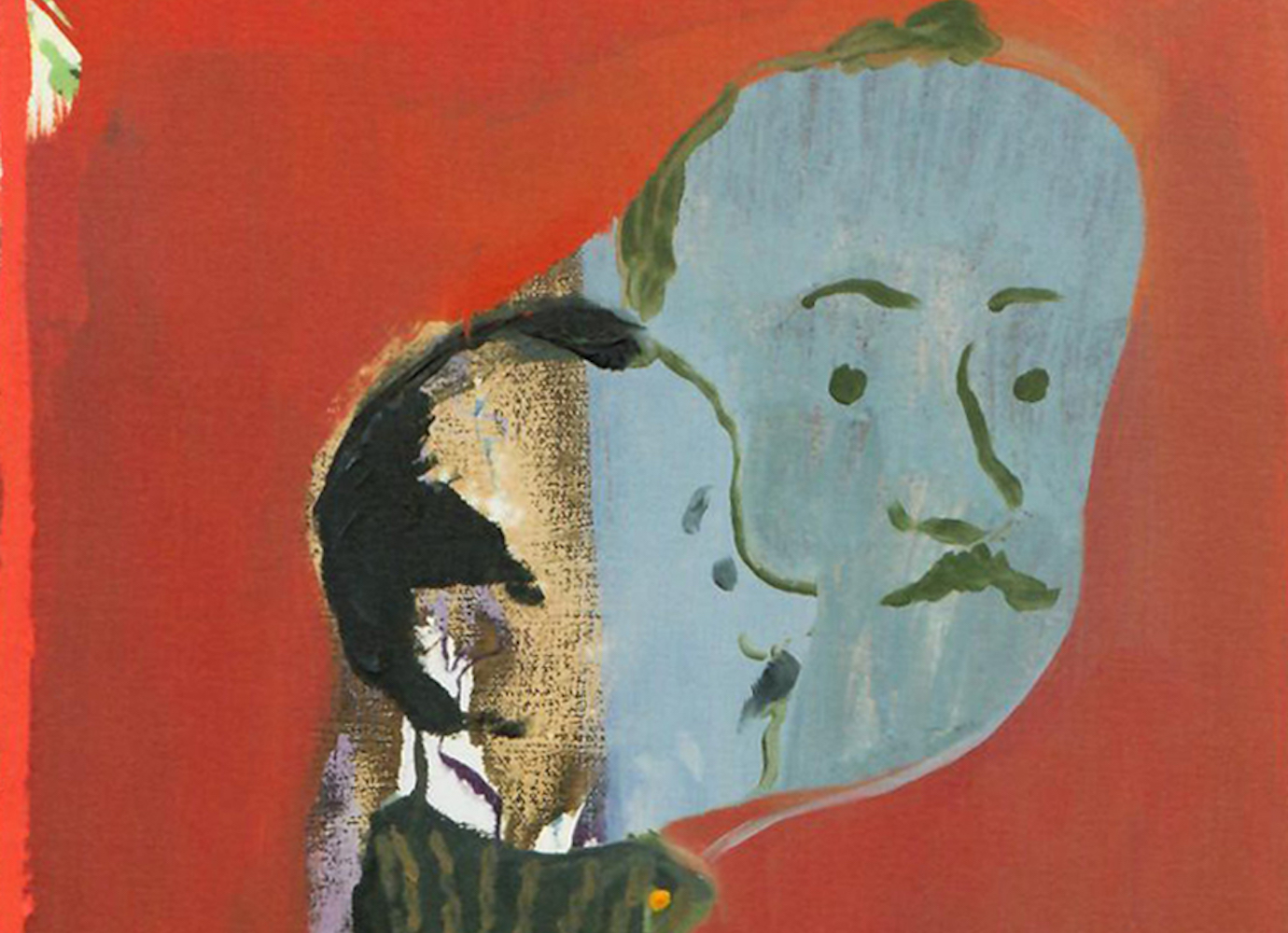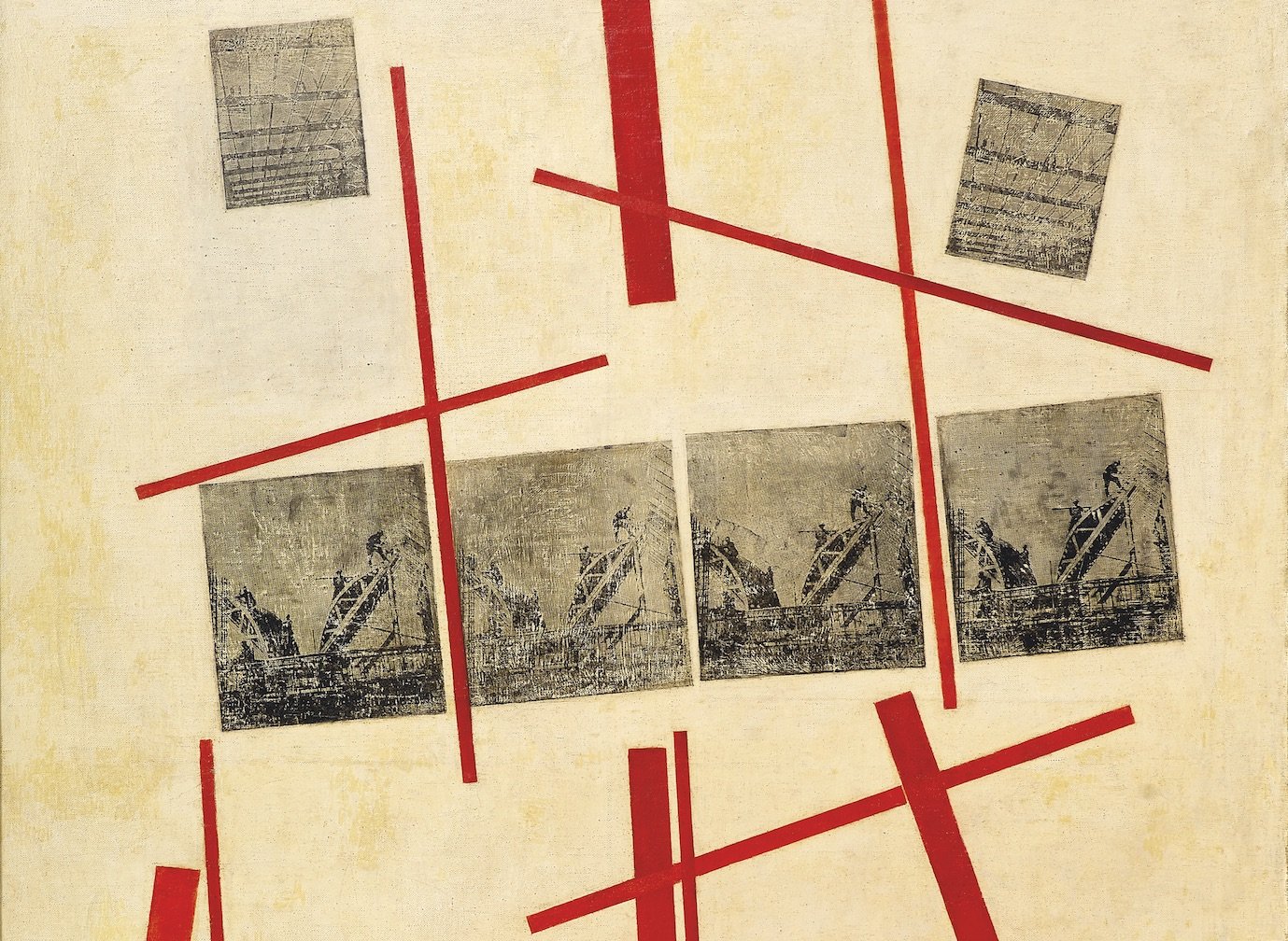Inside the world of Karlo Kacharava, the artist who shaped Georgia’s new avant-garde
Georgian artist Karlo Kacharava lived fast and died young. Creating art among the turmoil of the 1980s and 1990s, his prolific, bizarre oeuvre of paintings, drawings, and words, made until his death at the age of 30, is a unique expression of the chaos of life in a new country in flux. Little known outside Georgia, a new exhibition at London’s Modern Art gallery hopes to introduce his work to a wider audience and acknowledge his place as one of the pivotal figures behind Georgian art’s return to the avant-garde.
First, a little history. Artist Karlo Kacharava was born at a time when his native Georgia was part of the Soviet Union, and died in the early years of its independence. He lived through Mikhail Gorbachev’s liberalising glasnost, and then the turmoil of economic collapse, reincarnated nationalism, and the war that emerged in its wake. Zoom out a little and we see Kacharava’s Georgia in the context of outside forces; a small country on the periphery of both Europe and Asia; a national story written by its struggle to preserve its identity in the face of bigger powers trying to keep Georgia in its orbit. It was quite a canvas.
Witnessing Georgia’s battle to define itself in those often violent years mirrored a similar kind of searching within the multi-talented Kacharava, who also couldn’t entirely define himself. “He was sure he was a poet, and he thought he was better at writing,” remembers his sister, Lika Kacharava. “It took him a long time to believe he was an artist.”
Witnessing Georgia’s battle to define itself in those often violent years mirrored a similar kind of searching within the multi-talented Kacharava
I’d met Lika Kacharava at her home outside Georgia’s hillside capital, Tbilisi. Even as we speak, it is obvious that Karlo Kacharava lives on around us, as his sister’s house also serves as a gallery. Several of her brother’s largest paintings are on the walls of the living room, with other smaller canvases in the bedrooms.
Even without knowing about his own battle for identity, you can see a certain sense of quest and curiosity in Kacharava’s art — a simple refusal to stay in one box. Many of his paintings are covered in writing in multiple languages, pushing viewers to read as well as absorb many of his works. And, despite being just 30 when he died, Kacharava also left behind volumes of poetry, art criticism, and cultural commentary, not to mention the legacy of a unique style that helped pioneer a new wave of Georgian avant-garde expression.
But Kacharava also had a profound awareness of his mortality, Lika tells me. “He was terrified of his life ending early,” she says. “Whenever we were together he would always bring up his own death.”
Lika’s home is a stylish, one-level building with a quiet garden. But even here, there is space only for a fraction of what the curators of London’s Modern Art gallery appropriately call Kacharava’s “oceanic-body of work”, which included 300 paintings and thousands of drawings, as well as his many published and unpublished writings.
Kacharava’s work has been shown in Georgia’s National Museum, with a retrospective in New York a few years after his death in 1994, but he is still relatively unknown in the West. The Modern Art gallery’s new exhibition, Karlo Kacharava: People and Places, is the first time his paintings will be shown in Britain and Europe, something curators Sanya Kantarovsky and Scott Portnoy hope will open up what they call Kacharava’s “inventive visual world” to a much wider audience.
Kacharava never drew or painted from observation, only from what was in his head
Kacharava never drew or painted from observation, only from what was in his head. What mattered most, he once claimed, was defending “the internal spiritual universe of man.” If there is a common thread to his paintings and drawings, it is the fascinating glimpses they afford into an eclectic, hyper-active mind.
Themes of love, youth, work, and identity compete with a sense of anarchy and collapse, referencing the dislocation and turbulence of late 80s and early 90s Georgia. Bold colours and sharp contrasts accentuate the tension, while self-absorbed characters appear against urban and industrial landscapes. Angels also make frequent appearances in his paintings, and can be considered a central motif to Kacharava’s work.
So too was his frequent use of text. Those who knew Kacharava say that the poems, aphorisms, random thoughts, and dedications that he added to his works were symbolic not only of his other identities as a writer and poet, but also of his voracious appetite for new ideas and modes of expression. “He was a champion of culture everywhere, blurring the lines between different kinds of art,” says Irena Popiashvili, Dean of the Visual Arts Program at Tbilisi’s Free University.
You can see this tendency in the expansive list of influences which Kacharava cited in his writings and interviews. From Georgia, he named the country’s literary luminaries, Vazha Pshavela and Ilia Chavchavadze. From abroad, he singled out the work of Albert Camus, American beat poet Allen Ginsburg, French writer and surrealist André Breton, and Italian filmmaker Federico Fellini. He had a magpie-like instinct for anything new. One small example is the appearance of singer Nick Cave’s name on one of Kacharava’s works, now on display in the Modern Art show. The painting dates from 1992, when the now famous, Australian-born musician was still fairly obscure, even in the West. But Kacharava got hold of a cassette nonetheless.
Those who knew Kacharava say that the poems, aphorisms, random thoughts, and dedications that he added to his works were symbolic of his voracious appetite for new ideas and modes of expression
With the lifting of the Iron Curtain, Kacharava’s influences broadened rapidly. Travels to Germany introduced him to the country’s expressionist tradition, personified by artists like Ernst Kirchener (much of whose work was destroyed by the Nazis after being branded “degenerate”).
But it was perhaps an earlier journey in 1982, to what was then still called Leningrad, that led to one of the most powerful influences on Kacharava’s life. There he met a woman called Helena Lundberg, a Swedish-born specialist in Russian literature, who became the artist’s obsession.
He was very briefly married — unhappily to someone else — but it was Lundberg who was his true love and the one constant in his life. Many of Kacharava’s paintings are dedicated “Fur Helena,” including the “Major,” his largest work. “Helena is everything for me,” said Kacharava, “both happiness and misfortune.”
A similar dichotomy was on display in his attitude to Georgia. “I live in a country full of love and disgust, which is unfortunately my homeland,” Kacharava wrote. “And this country is called Georgia.” While the painter welcomed the collapse of Soviet rule, he often despaired of the new Georgia that began to take its place in the early 1990s. He attacked those promoting nationalist myths of a special kind of Georgian-ness. Instead, many of his later works were distinguished by the lonely, disconnected figures who populated them, set against bleak cityscapes or crumbling factories.
In one of his last paintings, he depicted himself as one of these alienated, despairing characters. Called simply “Untitled,” you see Kacharava at the bottom of the frame, a bandage on his head (he had reportedly been beaten up on a trip to Moscow a short time before). He appears in front of several other figures, who are also morose and resigned to an unspecified yet unhappy fate. A fiercely-coloured storm is tearing the sky apart in the background, while a figure who appears to be a scowling angel bears down on the wounded artist.
Kacharava turned his invective on other Georgian artists who he felt went too far the other way, elbowing aside local styles and traditions in preference for foreign and especially Western modes of art
But Kacharava also turned his invective on other Georgian artists who he felt went too far the other way, elbowing aside local styles and traditions in preference for foreign and especially Western modes of art. “There is a need for a new set of independent values,” he wrote in one of his articles. He hoped that his painting — “art of a problematic kind” — would remedy this problem too and hold up a mirror to the new Georgia.
“[Kacharava] tried to erase this us versus them mentality,” says Popiashvili. She became friends with Kacharava a few years before he died, and has since become the leading expert and promoter of his work. For Popiashvili, it’s the man as much as his craft that she remembers. “He was always partying,” she says. “The intensity of his life was just on another level.”
Kacharava’s sister, Lika, also recalls his energy. It was not unusual for him to produce more than a dozen drawings a day. “Even many of these big paintings he would finish in two or three days,” she says, gesturing to the works on the walls around her.
With his fear of dying, it is tempting, perhaps, to think that this fuelled Kacharava’s restless artistic identity and prolific output. But Popiashvili doubts that particular theory. The sudden brain aneurysm that felled Karlo Kacharava so young was, like Kacharava himself, unforeseeable and unexpected.
Kacharava’s short life ultimately left an enduring mark on Georgia, inspiring a whole new generation of local artists amidst a vibrant cultural scene. But although much has changed in his country nearly 30 years later, some things haven’t — especially the existential challenge of being a small country pulled and pushed by bigger powers. Karlo Kacharava provided an artistic response, emphasising cultural connections rather than rigid divides — and that is a philosophy with value far beyond Georgia.
People and Places: Karlo Kacharava will be showing at the Modern Art gallery, London, until 17 December 2021.
